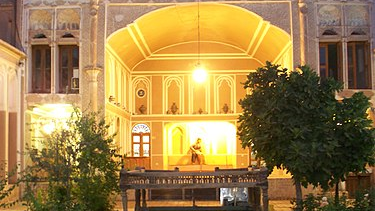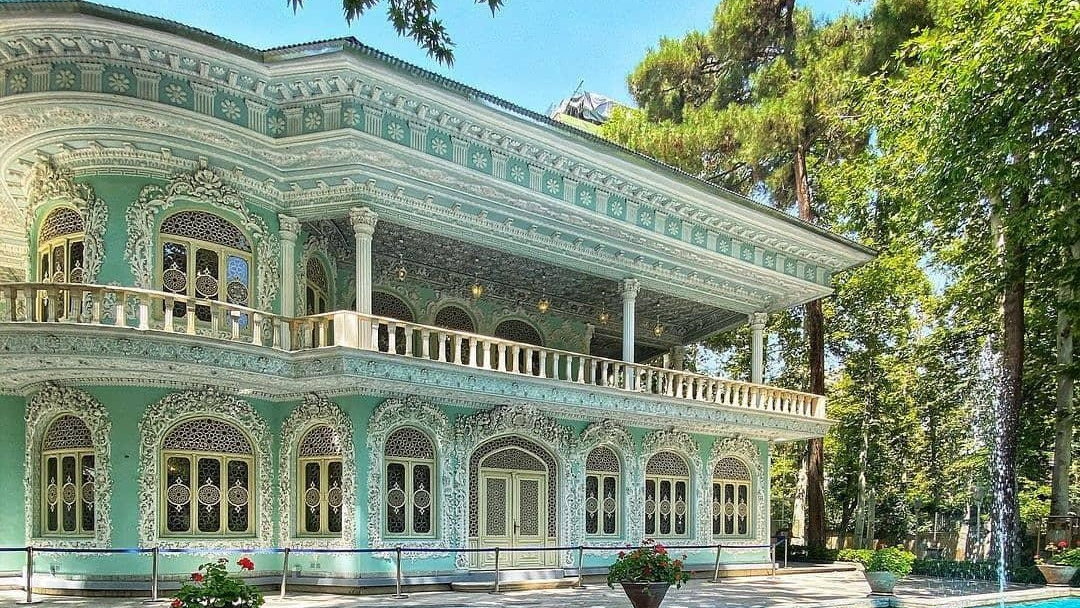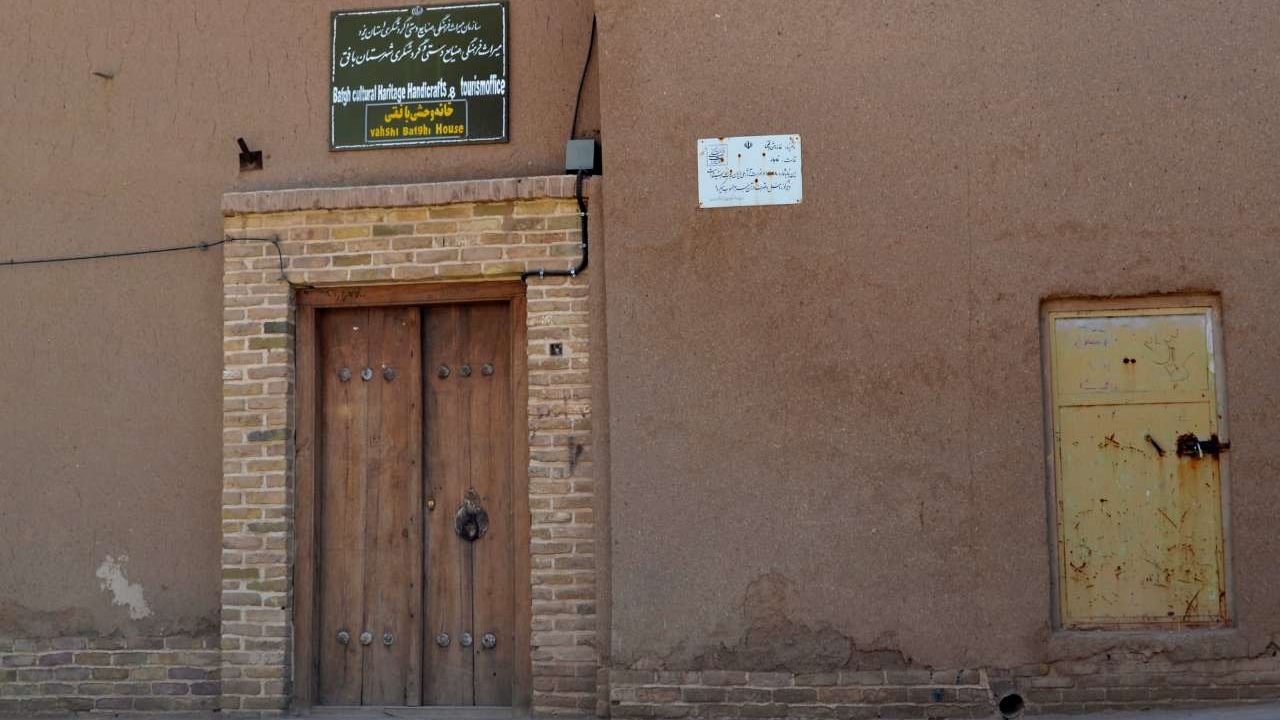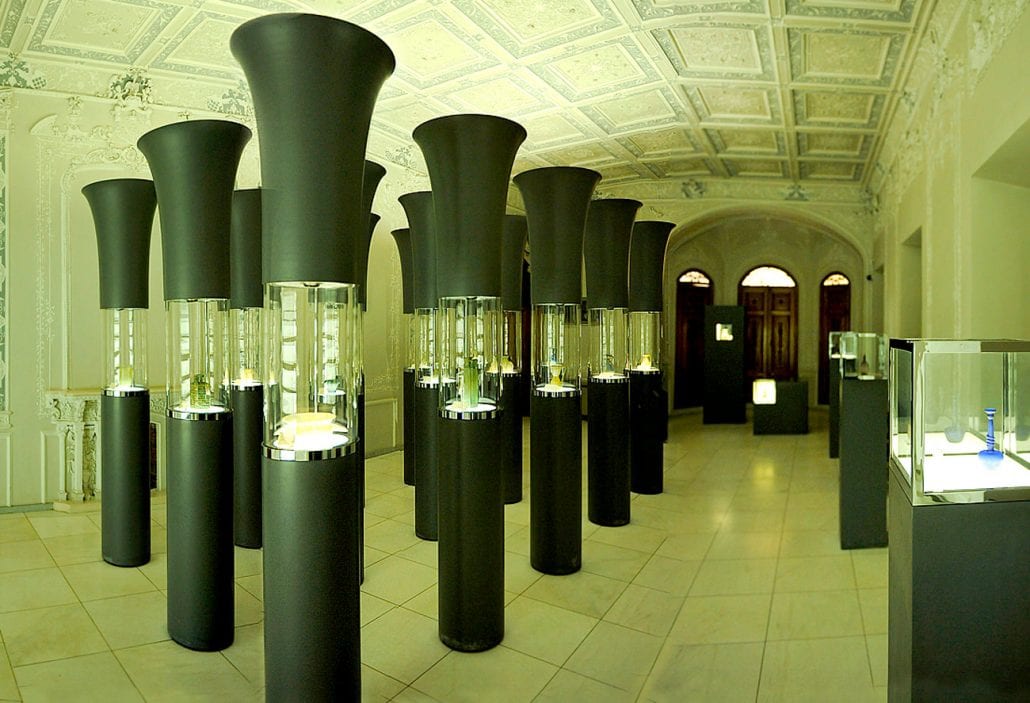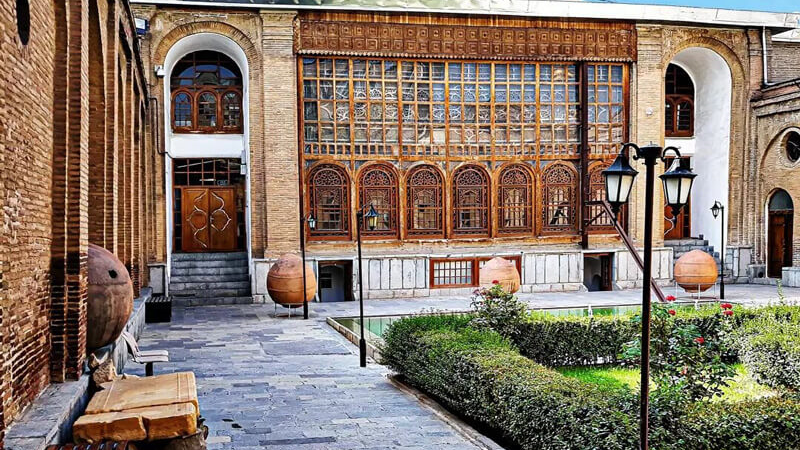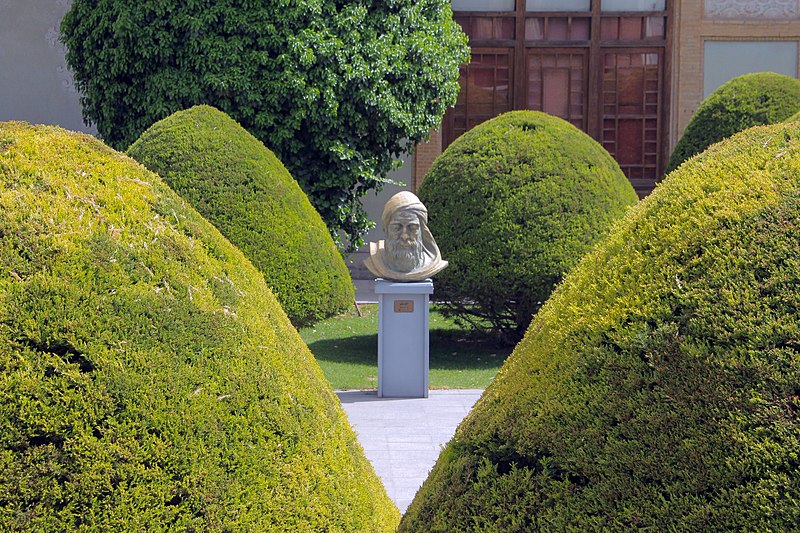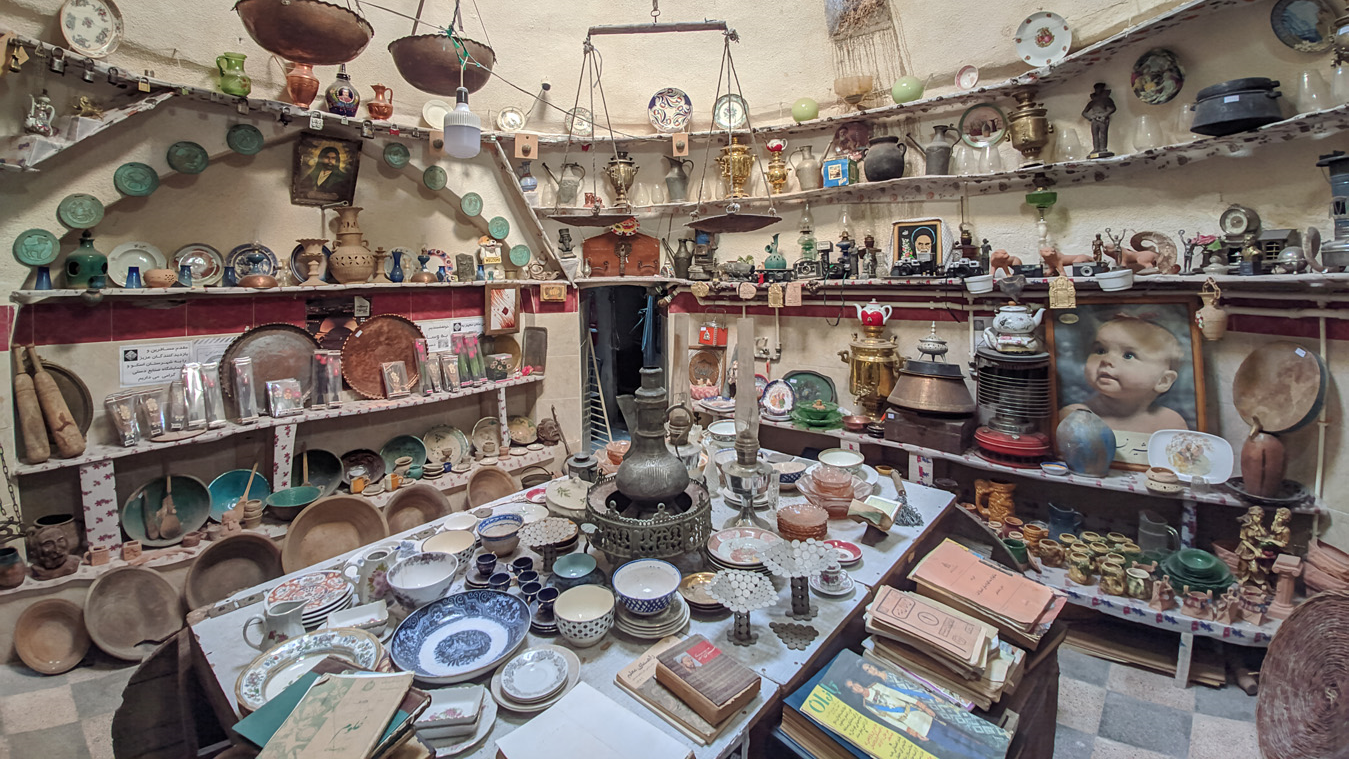
The Story of the Ali Masyou House and Its Transformation into a Museum
The Ali Masyou House, which has now been converted into a museum, is one of the historic houses of Tabriz, dating back to the Qajar era (late 18th century). The presence of the Khatayi Historic House nearby allows visitors to explore both sites together. Throughout its history, this house served as a gathering place for the constitutionalists of Tabriz, where they held meetings, discussions, and made important decisions.
Who was Ali Masyou?
Karbala’i Ali Tabrizi was one of the active figures of the Constitutional Revolution in Tabriz. His father, Haj Mohammad Bagher Tabrizi, was a well-known figure in the city, which meant that Ali Masyou himself was wealthy and had traveled to France several times. These trips are the reason why people gave him the nickname “Masyou”.
Ali Masyou’s visits to France familiarized him with the French Revolution and inspired his constitutionalist mindset. He not only studied the French Revolution but also conducted extensive research on other major revolutions around the world, gaining a deep understanding of the conditions in societies that underwent revolutionary change. This knowledge greatly influenced the views of the constitutionalists in Tabriz.
According to some sources, Ali Masyou passed away in 1910 (1289 H.S.) at the age of 44. The cause of his death remains shrouded in mystery.
Features of the Ali Masyou House
Compared to other houses left by wealthy residents of Tabriz, the Ali Masyou House has a smaller area. The critical conditions during the period of the house’s construction led to the preparation of escape routes for its inhabitants. Perhaps one of the reasons the Ali Masyou House was chosen as a gathering place for the constitutionalists of Tabriz was precisely this special architectural design. In the basement of the house, passages leading to surrounding houses were constructed. During the house’s restoration, a hidden stable was also discovered in the basement, where livestock were probably kept to be used in case of escape.
Like the overall space of the house, the entrance is not very large, and the entrance and exit paths differ. Upon entering the house, the appearance of the interconnected rooms immediately draws attention—rooms that are relatively small and usually connected to each other. The rooms are so intricately arranged that visitors may lose their way among them. The connection between the inner courtyard and the outer courtyard is also different from other houses of that era.
Although maintaining symmetry is a principle in Iranian house design, this house is two-story and built in an asymmetrical manner. There are rooms in three sections of the inner courtyard. The stucco work on the exterior of the Ali Masyou House is considered one of its most beautiful features.
The features and architectural style of this house have led some to believe that it was Ali Masyou’s second house and used only for gatherings and meetings of the constitutionalists.
The Transformation of the Ali Masyou House into a Museum
After the Ali Masyou House was registered as a national heritage site of Iran in 2003 (1382 H.S.), the Tabriz Municipality transformed it into a museum. This museum displays artifacts and images related to the Constitutional Revolution in Tabriz. Additionally, some weapons and military tools used by the constitutionalists are on public display. Visiting this museum, in a house that was once a gathering place and discussion center for some of the most important leaders of the Constitutional Revolution in Iran, offers a unique experience of the atmosphere surrounding one of the most significant events in modern Iranian history.
| Name | The Story of the Ali Masyou House and Its Transformation into a Museum |
| Country | Iran |
| State | East Azerbaijan |
| City | Tabriz |
| Type | Historical |
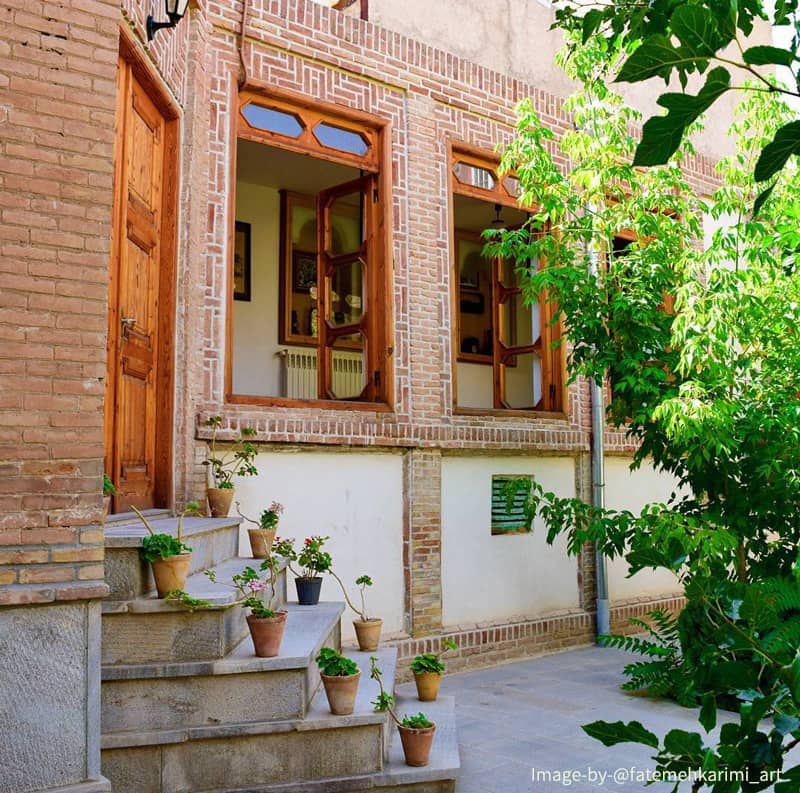
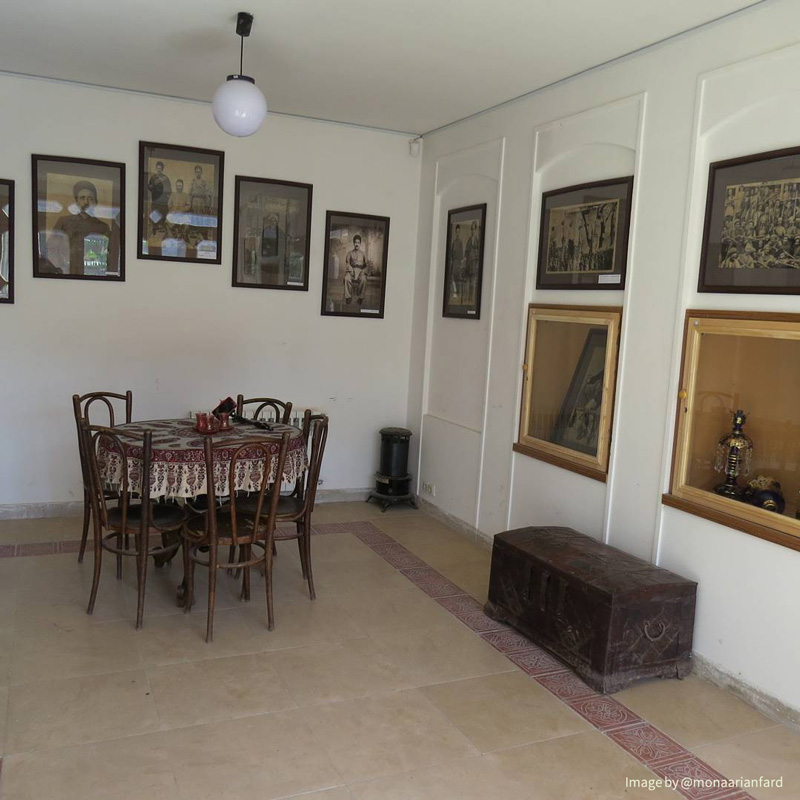
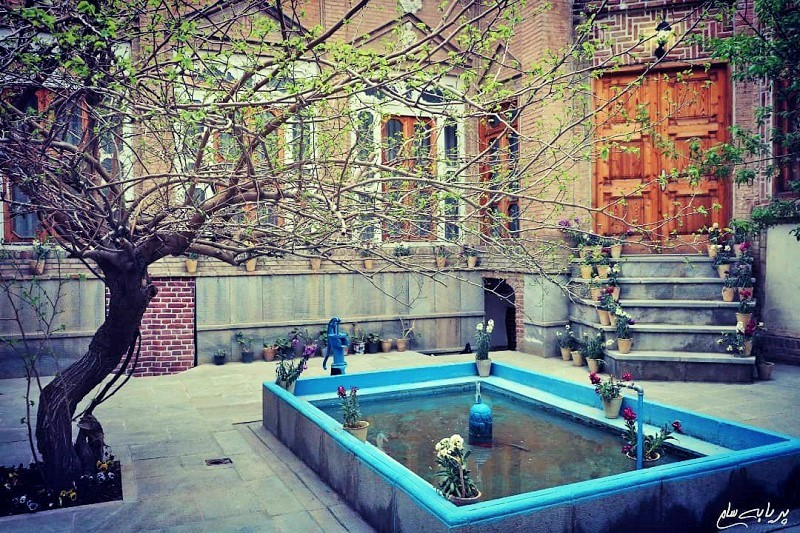
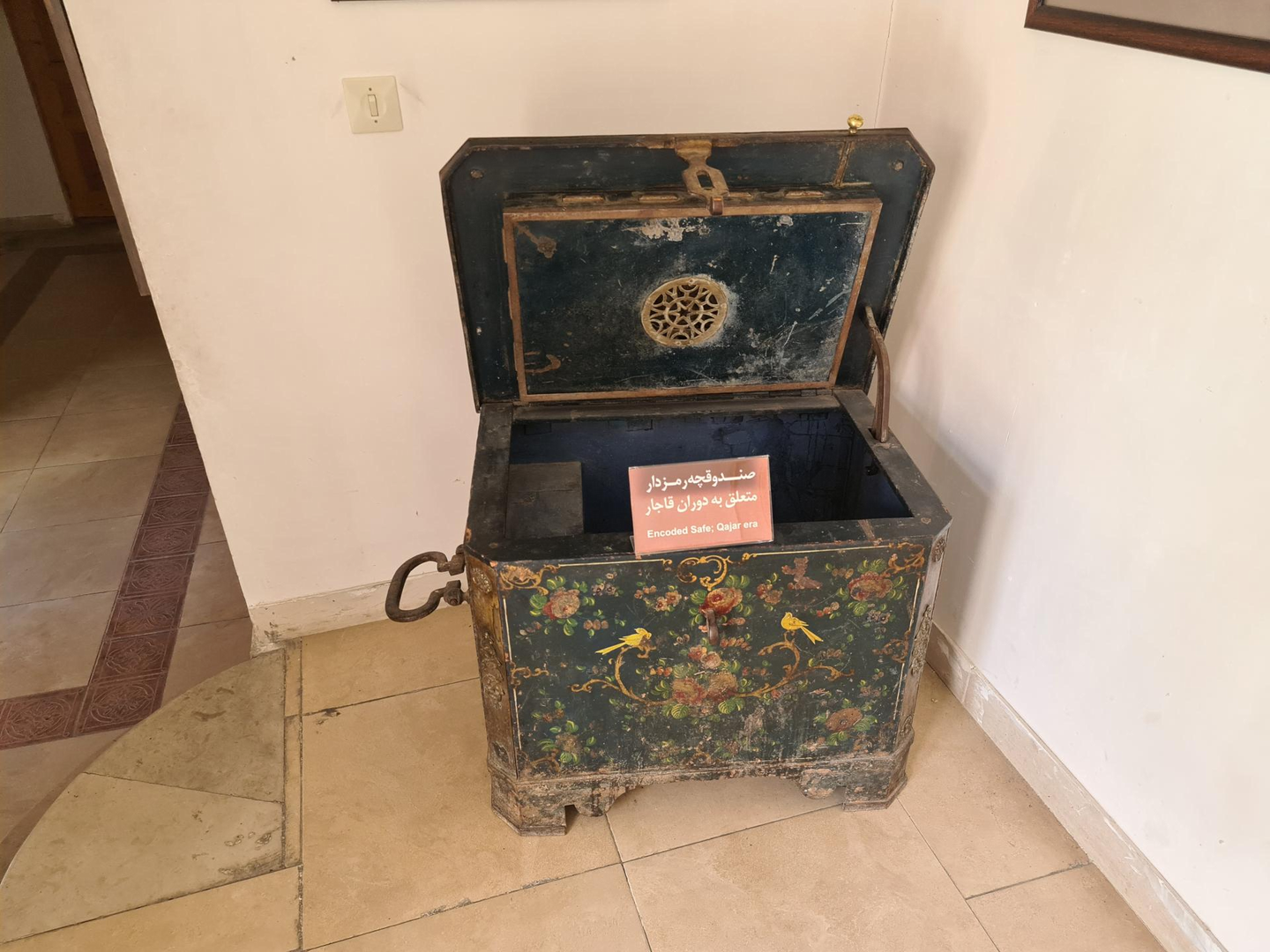
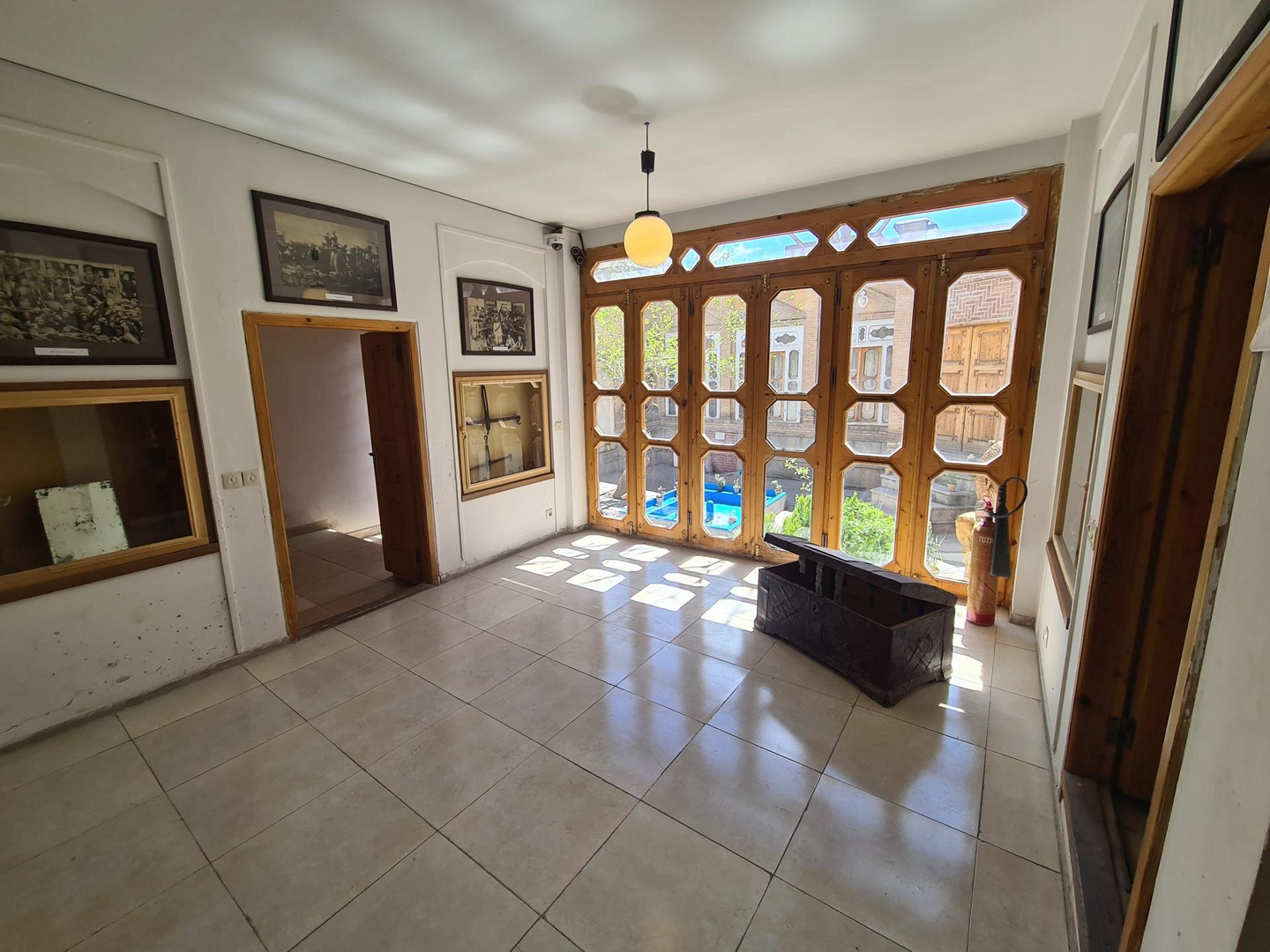
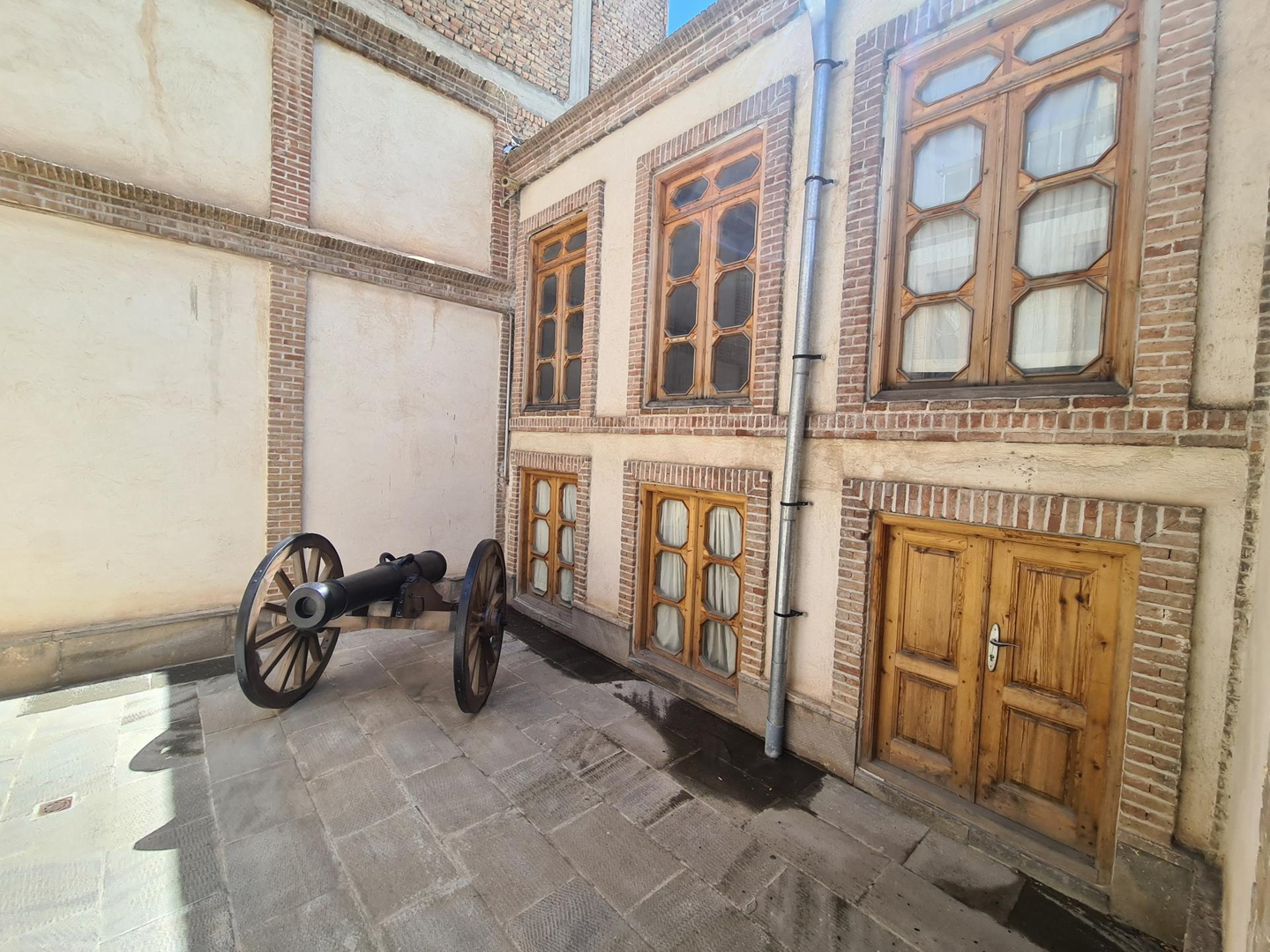
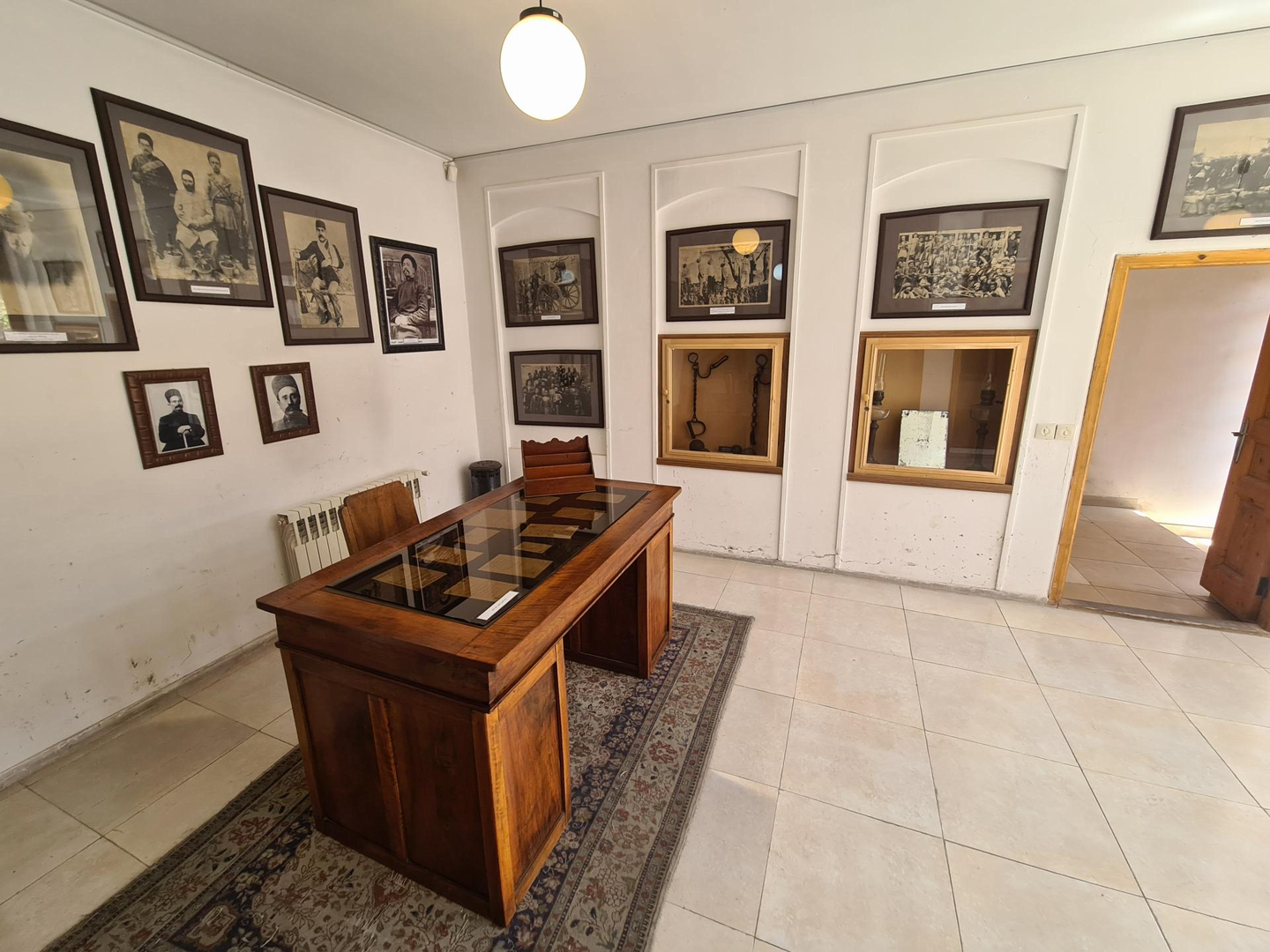
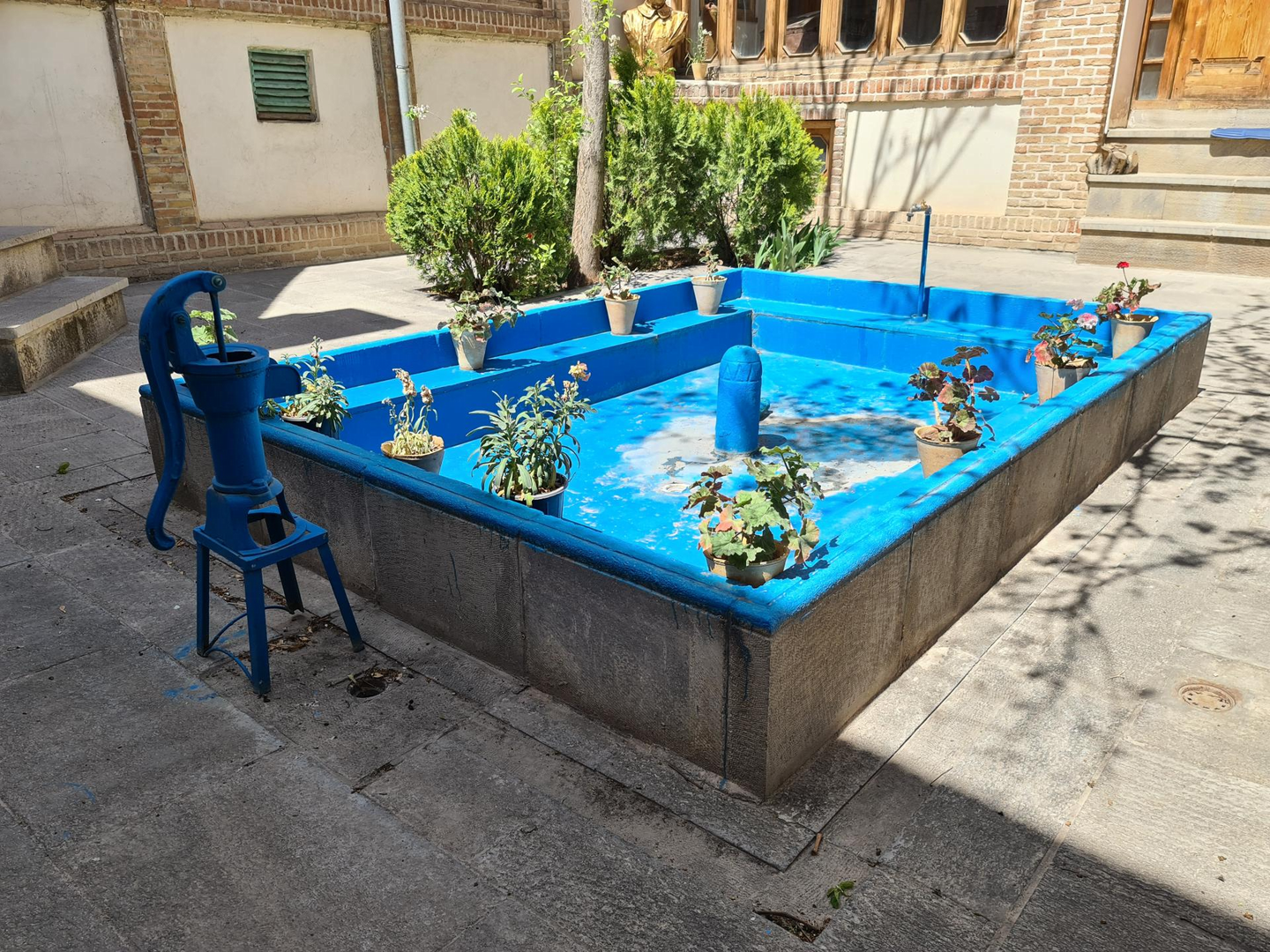
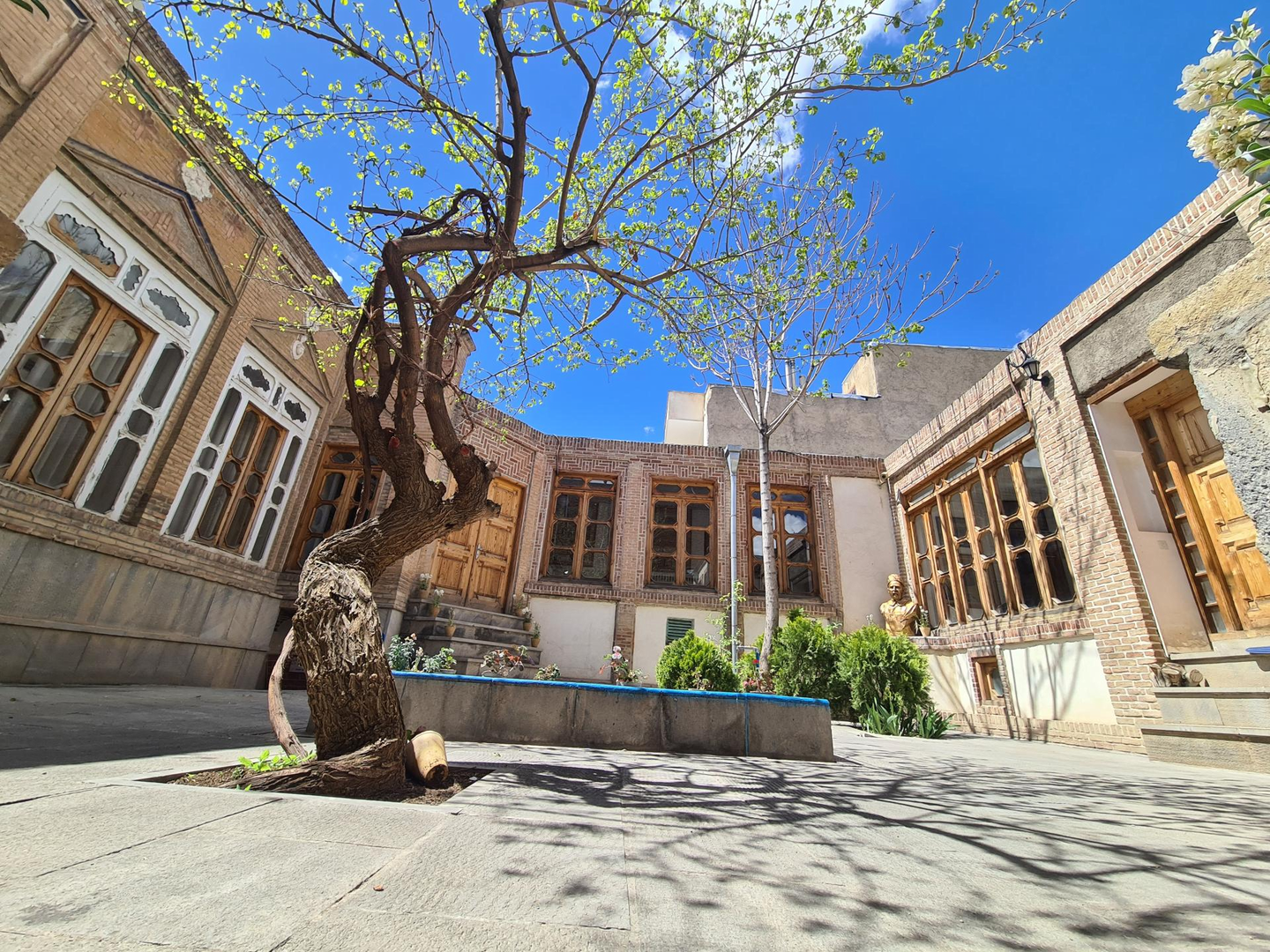
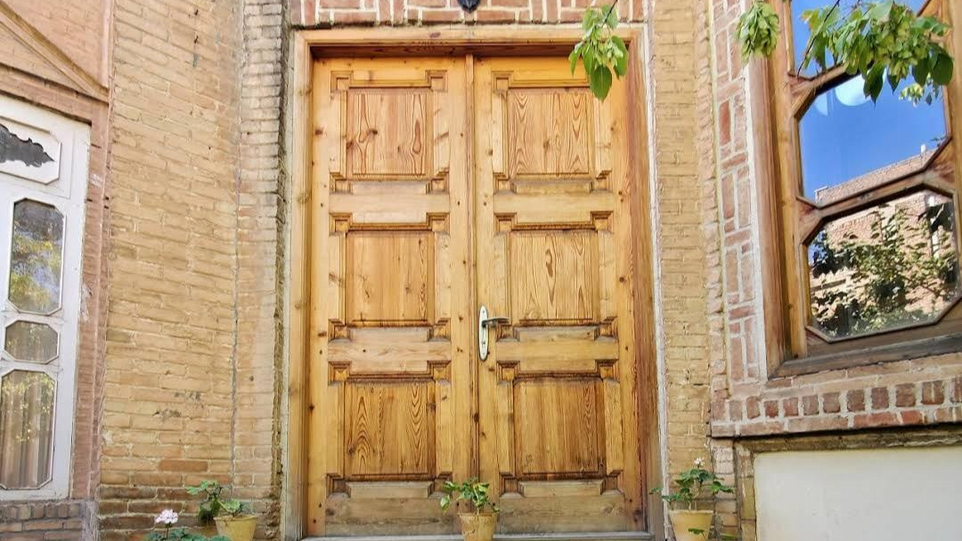
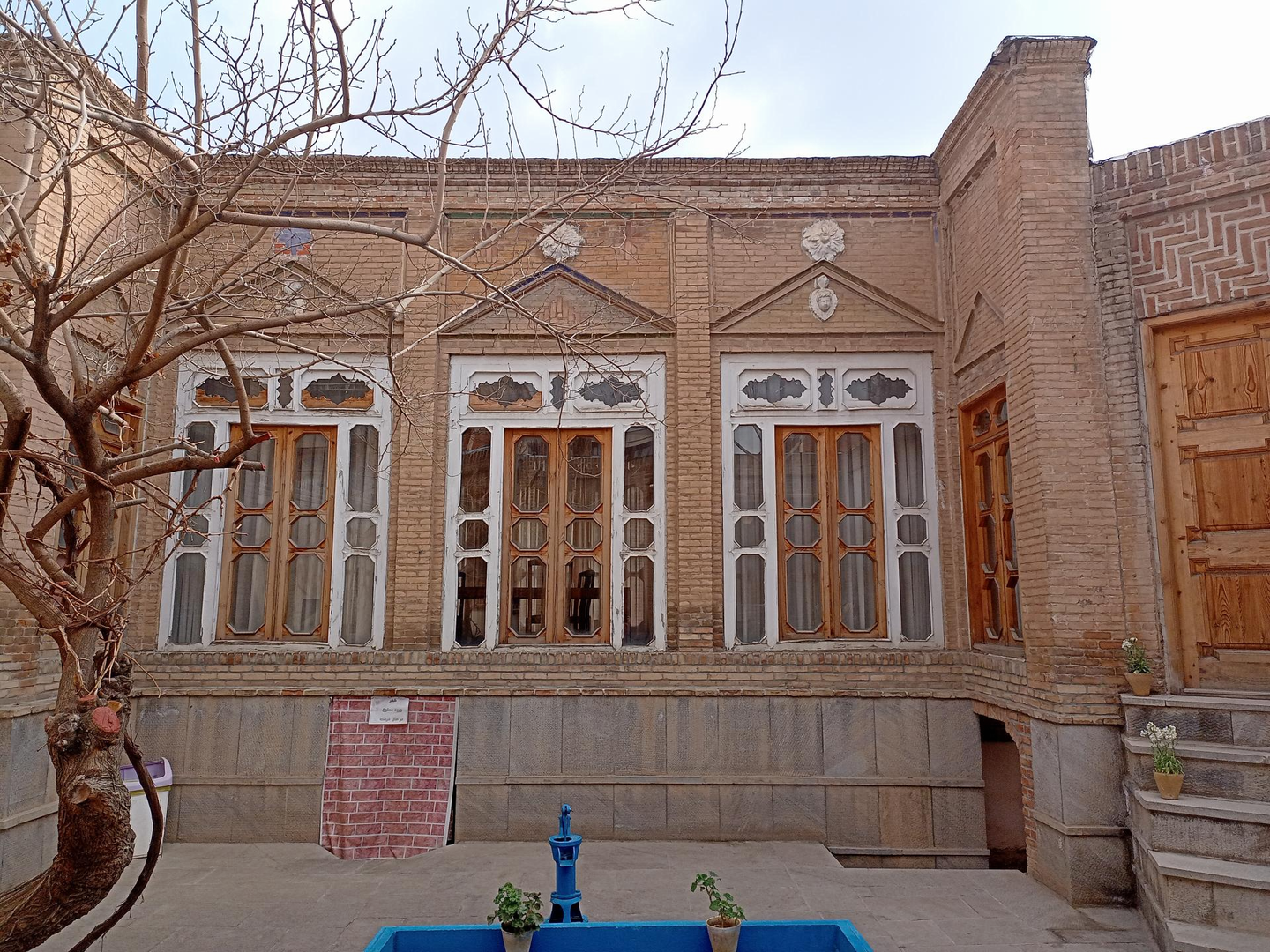
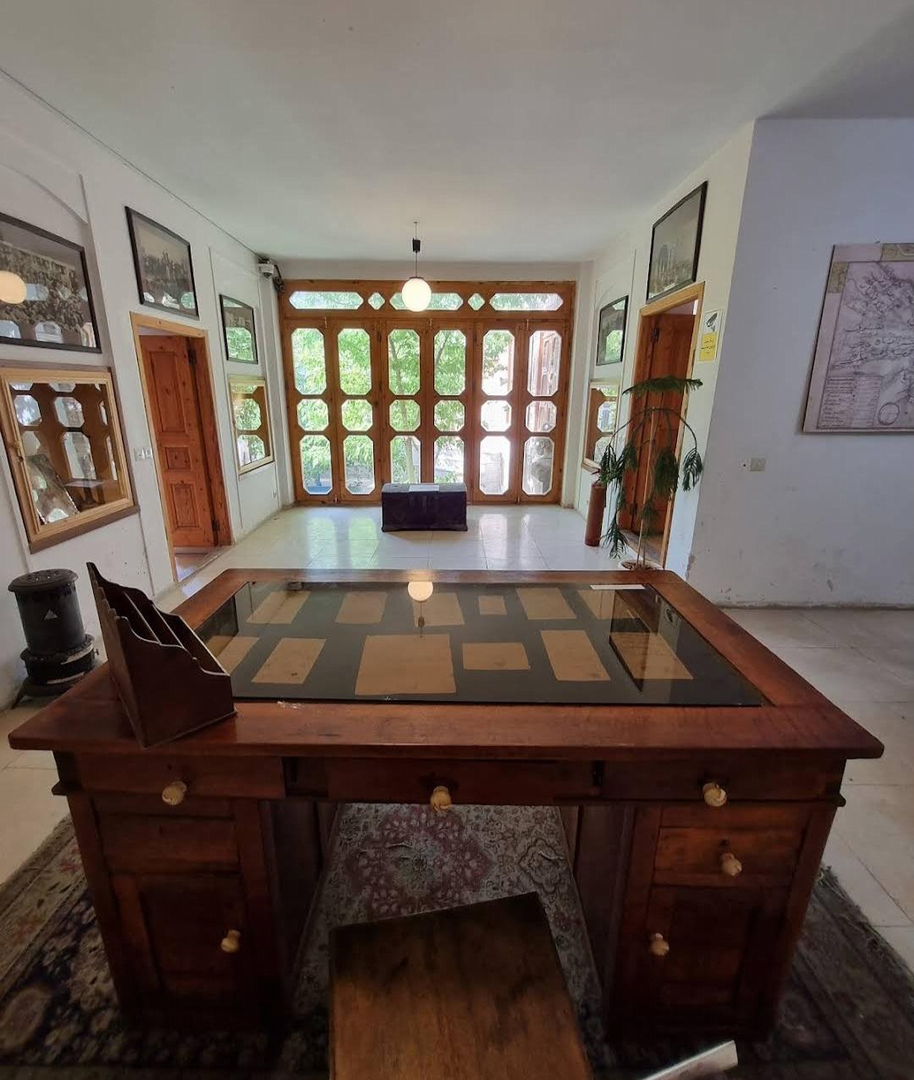












Choose blindless
Red blindless Green blindless Blue blindless Red hard to see Green hard to see Blue hard to see Monochrome Special MonochromeFont size change:
Change word spacing:
Change line height:
Change mouse type:

